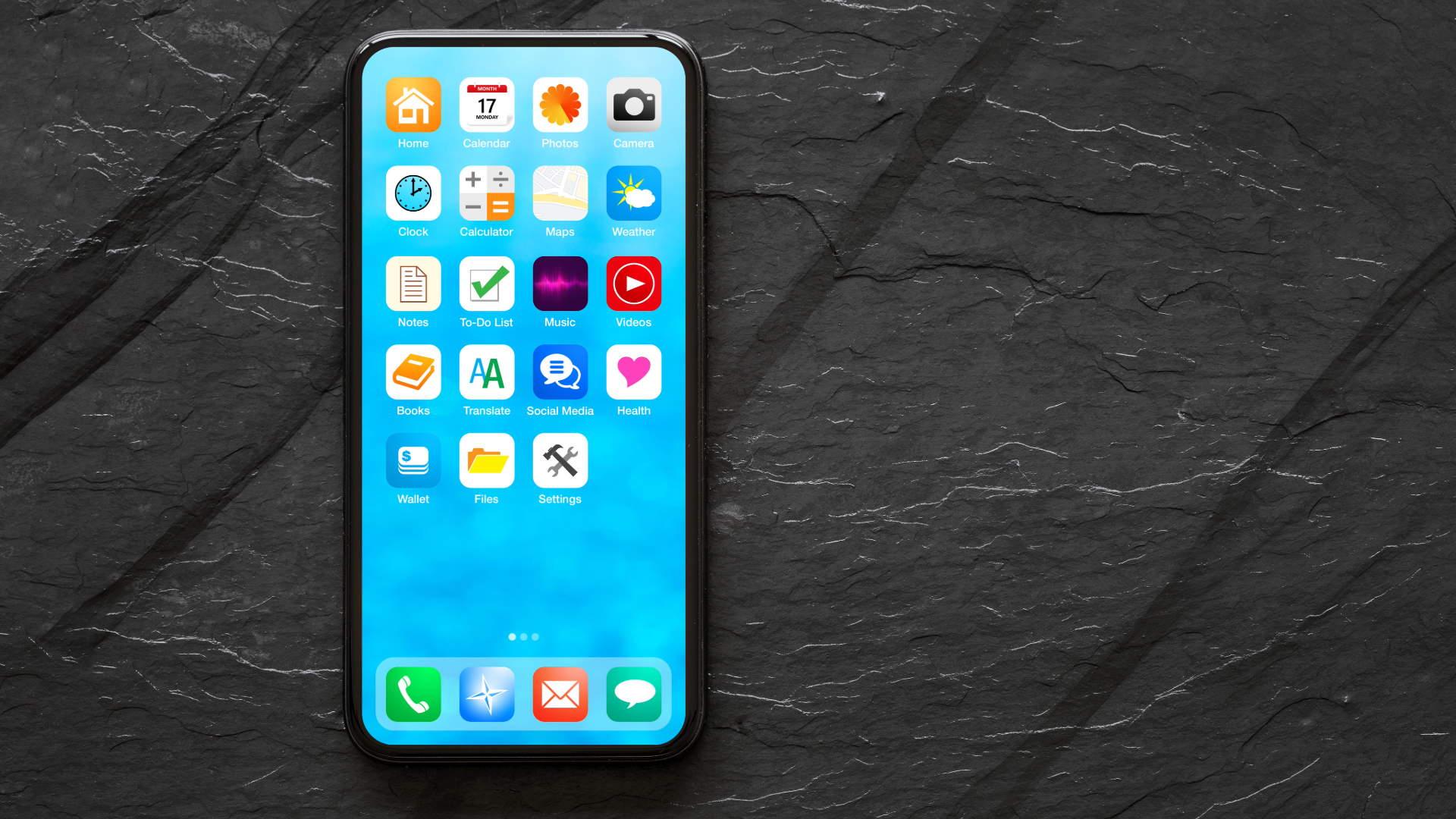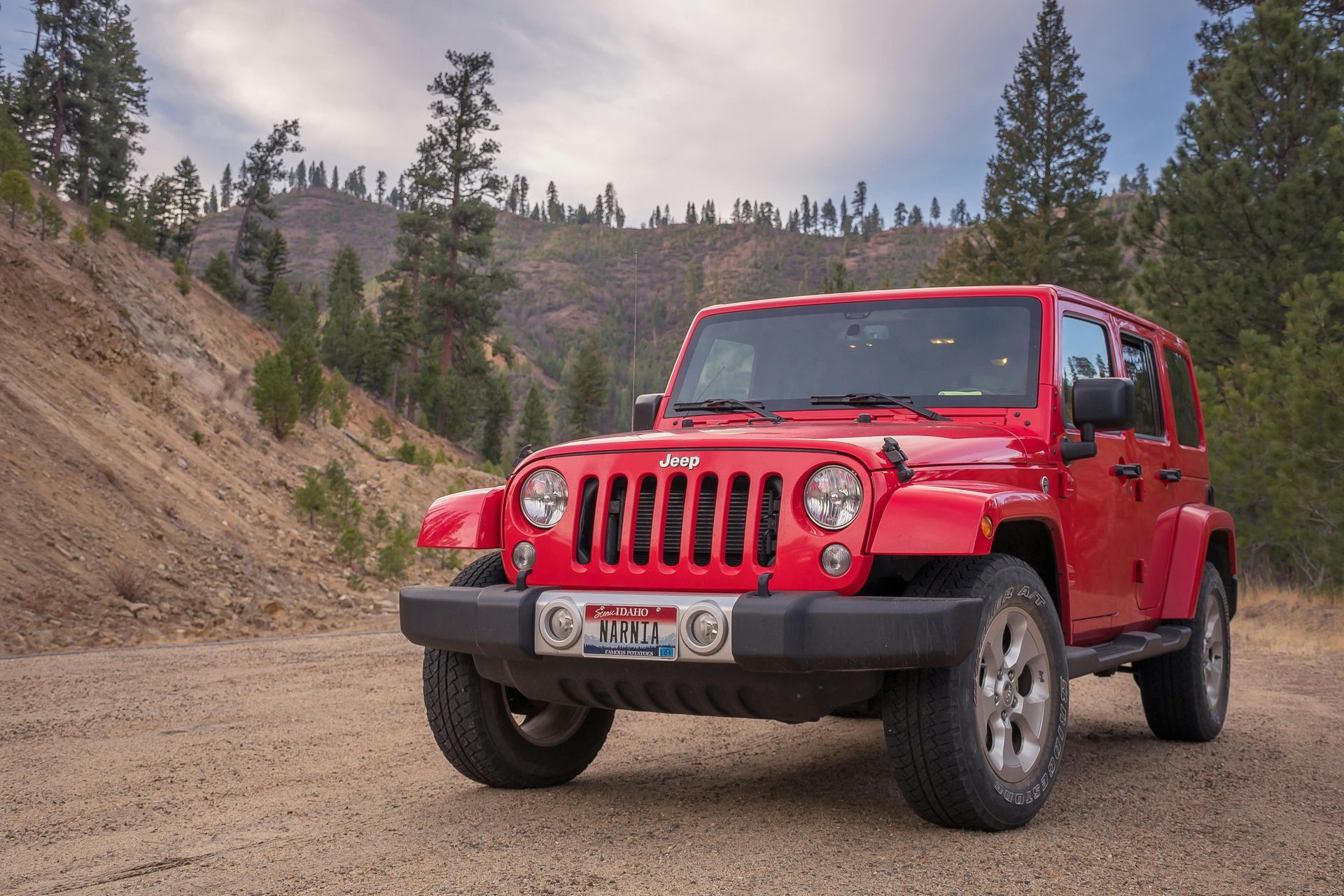What Is Tort On My Auto Policy?
Justin Sonon • August 20, 2025
Learn about your auto insurance tort coverage

Full Tort vs. Limited Tort: What’s the Difference and Where Is It Offered?
When shopping for auto insurance, you’ll come across many coverage options that affect how protected you are after an accident. One of the most important—and often misunderstood—choices is whether to select full tort or limited tort coverage. This option doesn’t exist in every state, but in places where it does, your decision can significantly affect your legal rights and potential compensation after a crash.
What Is Full Tort?
Full tort coverage gives you unrestricted rights to sue the at-fault driver for both economic damages (like medical bills, lost wages, and property damage) and non-economic damages (such as pain and suffering).
Pros: Maximum protection of your legal rights. If you’re seriously injured, you can seek compensation not only for your financial losses but also for the emotional and physical toll.
Cons: It usually costs more in insurance premiums.
Full tort provides broader legal options, but you’ll pay extra premium for that peace of mind.
What Is Limited Tort?
Limited tort coverage is a cost-saving option that reduces your premium but limits your ability to sue for non-economic damages. Under limited tort, you can generally recover only economic damages—unless your injuries meet the state’s definition of “serious injury” (often something like permanent disfigurement, loss of a body function, or death).
Pros: Lower insurance premium, which can save you money upfront.
Cons: In many cases, you can’t seek compensation for pain and suffering, even if the accident wasn’t your fault.
This option works well for drivers who want to save money and are comfortable with a more limited right to sue.
Which States Offer Full and Limited Tort Options?
Not every state gives you this choice. Currently, Pennsylvania
is the most notable state that offers drivers the ability to choose between full tort and limited tort on their auto insurance policies.
Other states with similar systems include:
New Jersey – Drivers can choose between “limited right to sue” and “unlimited right to sue.”
Kentucky – Offers a similar tort option under its “choice no-fault” laws, where drivers can reject limitations on lawsuits.
Most states operate under either traditional tort systems (full right to sue) or no-fault systems (lawsuits restricted unless serious injury thresholds are met). But Pennsylvania, New Jersey, and Kentucky stand out for giving drivers a clear, upfront choice between limited and full tort.
Which Option Is Right for You?
The right choice depends on your priorities:
If keeping costs low is your main concern, limited tort may make sense.
If protecting your legal rights and ensuring maximum compensation after an accident is important, full tort is usually the better choice.
Since the cost difference can vary depending on your insurer and location, it’s a good idea to request quotes for both options and weigh the savings against the potential risk. Schedule a call or virtual meeting
with us for assistance with your auto insurance.
Recent posts

Will Your Auto or Home Insurance Cover Your Mobile Device or Computer? Our phones and laptops aren’t just gadgets anymore, they’re lifelines. From handling business on the go to streaming that must-watch series at night, they’re practically extensions of ourselves. But what happens when the unexpected occurs? A drop, a theft, a spilled cup of coffee, will your auto or home insurance policy swoop in to save the day? Let’s break it down. Home Insurance & Your Tech Good news! Most homeowners and renters insurance policies can cover personal electronics like smartphones, tablets, and computers, at least up to policy limits. Theft or Fire : If your laptop is stolen from your home or damaged in a covered event like a house fire, your policy may reimburse you. Vandalism & Certain Storms : Same deal here. If your tech is damaged by something your policy specifically lists as covered, you’re in luck. But here’s the potential issue: coverage is usually subject to your deductible. If you have a $1,000 deductible and your device is worth $800, you might be out of pocket. 💡 Pro Tip: Ask your agent about scheduled personal property coverage or a rider, these can give your devices extra protection (and sometimes lower deductibles). Auto Insurance & Your Devices This one surprises people. If your phone or laptop is stolen from your car, your auto policy generally doesn’t cover it. Instead, it would fall back to your homeowners or renters insurance. However, your auto insurance can play a role if your car itself is damaged and your devices are harmed in the process. Example: a covered accident shatters your windshield and your laptop sitting in the passenger seat gets smashed. Some policies may extend limited coverage for items damaged inside the vehicle. Still, it’s not the main player here, think of your car insurance as handling the car first and foremost. What’s Not Typically Covered Accidental Damage (a.k.a. Clumsy Drops) : Most standard home or renters insurance won’t pay out if you drop your phone in the pool. Wear & Tear : If your laptop battery dies from age, that’s on you. Manufacturer Defects : That’s what warranties or protection plans are for. How to Make Sure You’re Protected Inventory Your Devices : Keep a running list (and receipts if you have them). Check Your Policy Limits : Electronics often have sub-limits that cap coverage. Consider Add-Ons : Riders or endorsements can provide stronger coverage for today’s high-ticket devices. Device Protection Beyond Your Plan While you’re safeguarding your tech, why not protect how you carry it? If you’re in the market for premium, durable, stylish leather accessories, check out our office favorites and get our exclusive 10% discount - Andar – Handcrafted Wallets & Tech Accessories These items don’t replace insurance, but they make sure your phone or computer travels in style and gets treated like the valuable gear it is. The Sonon Insurance Takeaway Insurance is about more than protecting the big stuff like your car or home, it’s also about safeguarding the tools that keep your everyday life running smoothly. If you rely on your devices (and who doesn’t?), make sure your coverage fits your lifestyle. At Sonon Insurance, we’ll walk you through what’s covered, what’s not, and how to fill in the gaps so your laptop or phone doesn’t leave you stranded in the digital stone age. ✅ Affiliate Disclosure & Legal Stuff We want to be transparent: some of the product links in this post are affiliate links—meaning Sonon Insurance may earn a commission if you click through and make a purchase. This comes at no extra cost to you, and we only promote products we genuinely believe will provide value. We’re not responsible for warranties, returns, or damage once the product is in your hands—any such policies come from the product brand itself.

Gap Insurance: Dealer Add-On vs. Auto Insurance Policy — Which Is the Smarter Choice? Buying a new car is exciting, but it also comes with financial risks. The moment you drive off the lot, your vehicle starts to depreciate in value. If your car is ever totaled or stolen, your standard auto insurance typically pays out the actual cash value, not the balance left on your loan or lease. That’s where Gap Insurance comes in. Short for Guaranteed Asset Protection, it covers the “gap” between what your vehicle is worth and what you still owe your lender. Why You’ll Hear About Gap Insurance at the Dealership When you’re finalizing your purchase, the finance manager often offers Gap Insurance as an add-on. Convenience : You can roll it right into your financing paperwork. Cost : This convenience comes at a price. Dealers typically charge $400– $900 as a one-time fee, and because it’s financed, you’ll also pay interest on it. Commitment : Once it’s bundled into your loan, you’re locked into that cost even if your balance drops faster than expected. For example: if you buy a $30,000 SUV and total it a year later when it’s worth only $24,000, but you still owe $28,000, the dealer’s Gap Insurance would cover the $4,000 difference. Useful—but not always cost-effective. Gap Insurance Through Your Auto Insurance Policy What many car buyers don’t realize is that they can add Gap Insurance directly to their auto insurance policy. Lower Cost : Most carriers charge just $20–$40 per year for the same protection. Flexibility : You can add or remove the coverage as your loan balance changes. Same Protection : It covers the same difference between your loan and your vehicle’s actual cash value. In the SUV example above, adding Gap Insurance through your policy would provide the same $4,000 protection—but at a fraction of the cost. Which Option Is Best? If you like convenience and don’t mind paying more, the dealership option works. If you want long-term savings, adding Gap Insurance to your auto policy is almost always the smarter financial choice. At Sonon Insurance , you can explore whether adding Gap Insurance to your auto policy makes more sense for your wallet. Because protecting your vehicle, and your finances, shouldn’t cost more than it has to.

